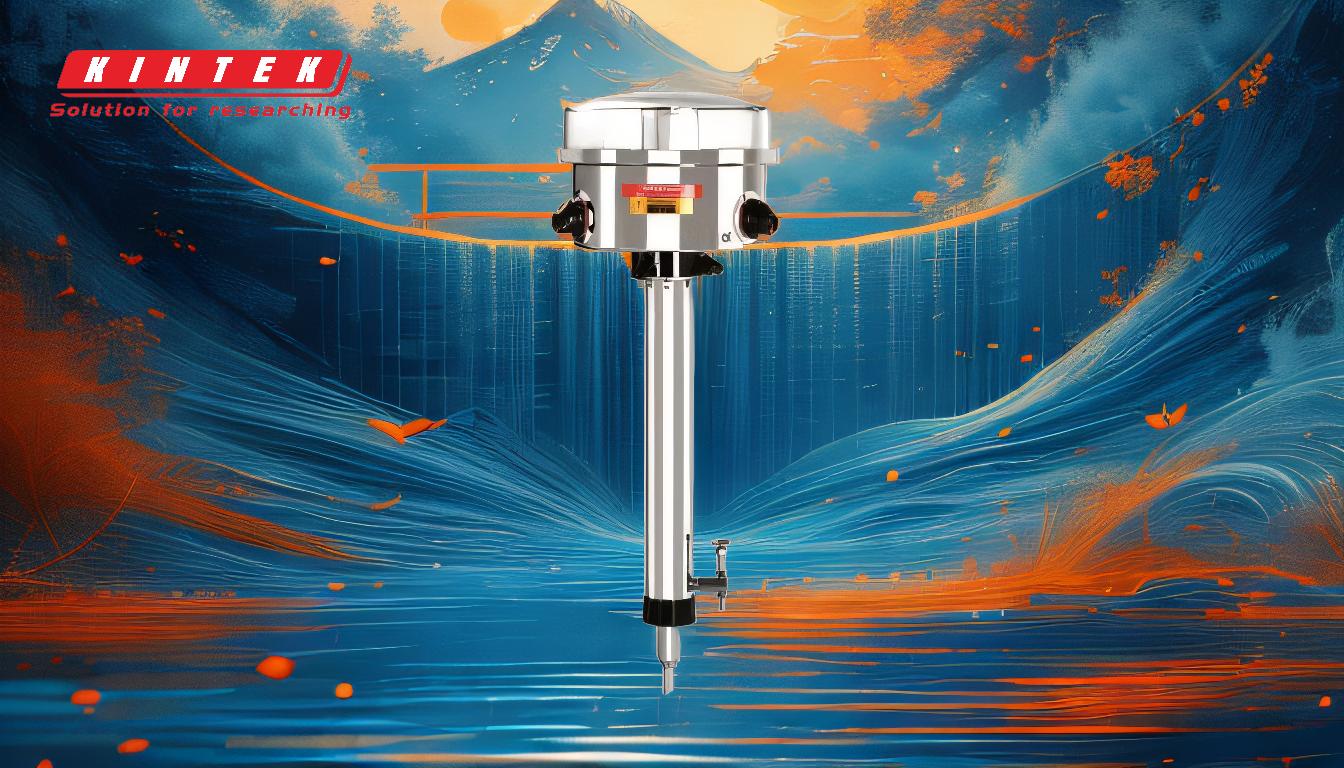A simple distillation apparatus works by heating a liquid mixture to its boiling point, causing the component with the lower boiling point to vaporize first. The vapor is then cooled and condensed back into a liquid, which is collected separately. This process is repeated for each component in the mixture, provided their boiling points differ by at least 70 degrees Celsius. The apparatus consists of four main components: a heating bath, a bubble flask, a head, and a condenser. This method is effective for separating liquids with significantly different boiling points, such as water and salt.
Key Points Explained:

-
Purpose of Simple Distillation:
- Simple distillation is used to separate liquids with different boiling points. It is particularly effective when the boiling points of the components differ by at least 70 degrees Celsius.
- Example: Distilling water to remove salt, where water has a much lower boiling point than salt.
-
Components of a Simple Distillation Apparatus:
- Heating Bath: Provides the heat necessary to bring the mixture to its boiling point.
- Bubble Flask: Holds the liquid mixture and allows it to boil.
- Head: Connects the bubble flask to the condenser and directs the vapor.
- Condenser: Cools the vapor back into a liquid, which is then collected.
-
Process of Simple Distillation:
- The liquid mixture is heated in the bubble flask until it reaches the boiling point of the component with the lowest boiling point.
- The vapor produced is directed through the head to the condenser.
- In the condenser, the vapor is cooled and condensed back into a liquid, which is collected in a separate container.
- The temperature is then increased to the boiling point of the next component, and the process is repeated until all components are separated.
-
Conditions for Effective Separation:
- The boiling points of the components must differ by at least 70 degrees Celsius to ensure effective separation.
- If the boiling points are too close, the components may not separate cleanly, and additional distillation steps or a different method (like fractional distillation) may be required.
-
Advantages of Simple Distillation:
- It is a straightforward and relatively quick method for separating liquids with significantly different boiling points.
- It requires minimal equipment and is easy to set up and operate.
-
Limitations of Simple Distillation:
- It is not effective for separating liquids with similar boiling points.
- It provides only a moderate improvement in purity, as the vapor may still contain traces of other components.
-
Applications of Simple Distillation:
- Purifying water by removing salts and other non-volatile impurities.
- Separating volatile solvents from non-volatile solutes in chemical synthesis.
By understanding these key points, one can effectively use a simple distillation apparatus to separate and purify liquids based on their boiling points. This method is particularly useful in laboratory settings and industries where the separation of components with distinct boiling points is required.
Summary Table:
| Aspect | Details |
|---|---|
| Purpose | Separates liquids with boiling points differing by ≥70°C. |
| Components | Heating bath, bubble flask, head, condenser. |
| Process | Heat mixture → vaporize → condense → collect separated liquid. |
| Conditions | Boiling points must differ by ≥70°C for effective separation. |
| Advantages | Quick, simple, minimal equipment, easy setup. |
| Limitations | Ineffective for liquids with similar boiling points; moderate purity. |
| Applications | Water purification, solvent separation in labs and industries. |
Need a distillation apparatus for your lab? Contact us today to find the perfect solution!











